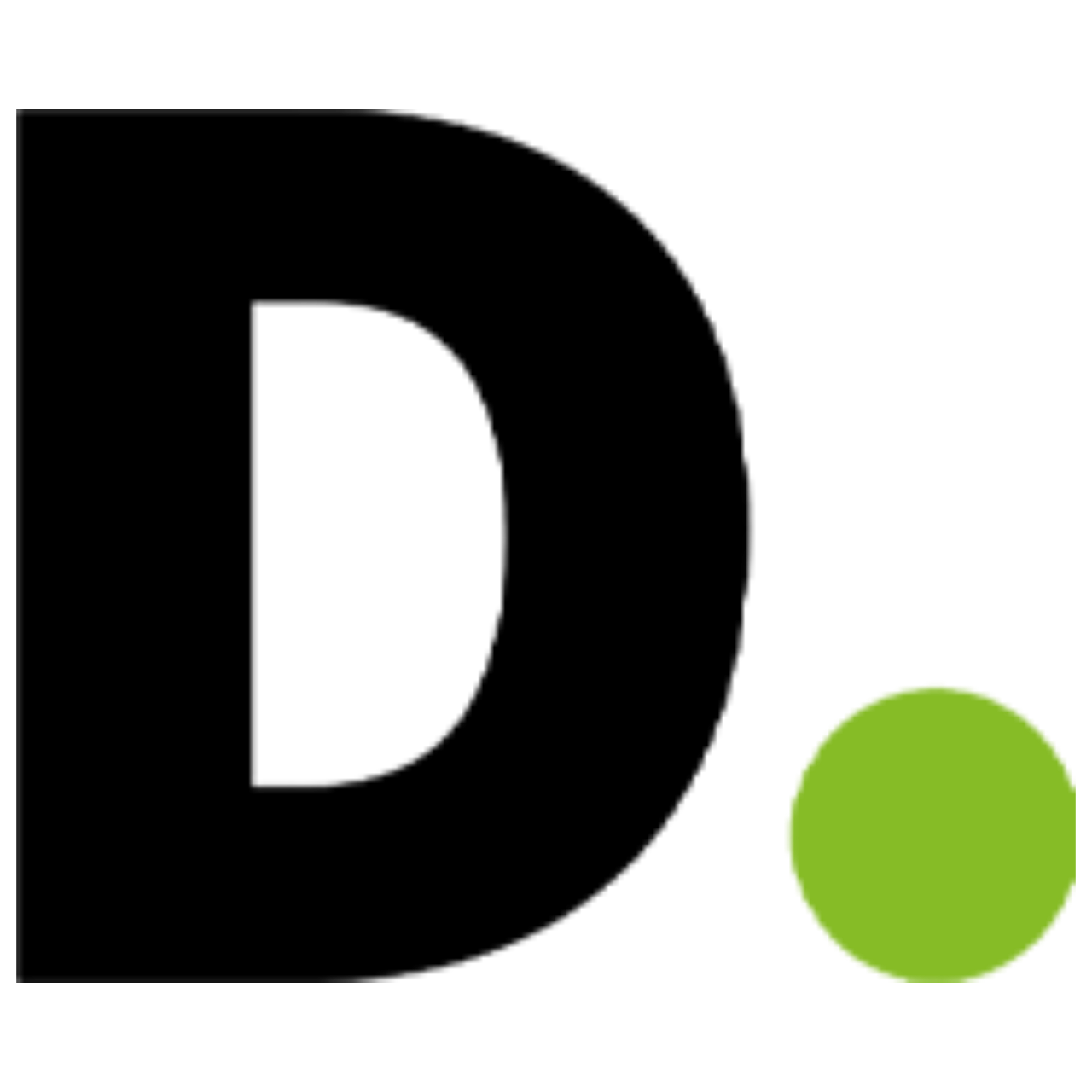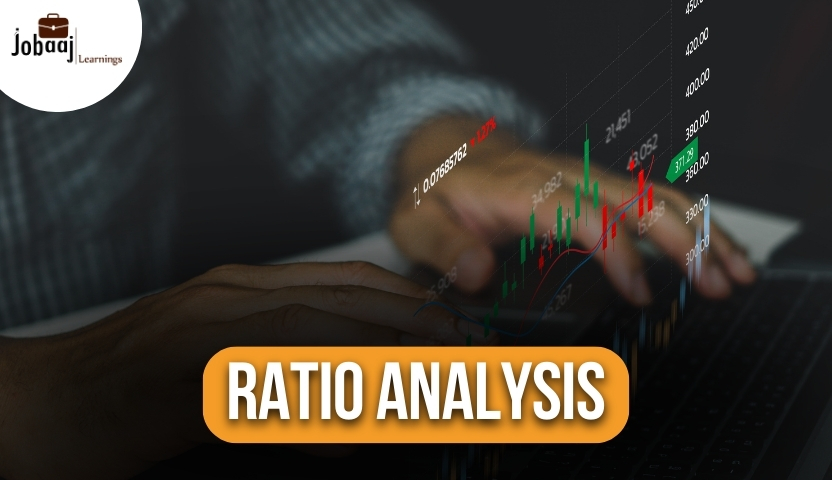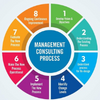The purpose of business analysis is to identify and articulate the need for change in the way organizations work, as well as to facilitate that change. Business analysts identify and define the solutions that will maximize the value delivered by an organization to its stakeholders.
The role of a business analyst spans all levels of an organization, including defining strategy, creating the enterprise architecture, and taking a leadership role by defining the program and project goals and requirements, as well as supporting continuous improvement of technology and processes within an organization.
Questions pertaining to business analysis may range from behavioral questions designed to test your reactions to certain business problems or technical questions regarding your knowledge of different business models.
Behavioural Questions
1. What do business analysts do for an organization or what is the role of Business Analysts in an organization?
During your interview, you will likely be asked this question.
An organization's business analyst serves as a liaison or a link between stakeholders belonging to various domains. Ideally, a business analyst should be able to meet business objectives while simultaneously balancing stakeholder needs.
2. In what ways do you think you are suited to the role of a business analyst?
During this type of business analyst interview question, the interviewer wants to determine how well you understand the job role and whether you match the company's expectations.
The answer to this question can be broken down into two parts:
- The first step is to highlight your education by stating relevant coursework.
- Next, demonstrate how your experience, attitude, and skills make you a good company fit.
Show the interviewer what benefits you will bring to the company by providing examples from your previous work. You should include an explanation of the problem and the solution you came up with in your answer.
3. As a business analyst, what do you consider to be your core competencies?
Business analyst interviews often include this question. It is pertinent to note that although every company is different, the core requirements of a business analyst profile are significantly the same. Be sure to read the job description in detail to understand the essential skills.
You can answer this by stating that a business analyst must have exceptional communication and negotiation skills. Analytical thinking, problem-solving, and decision-making are also vital attributes. A business analyst should have industry knowledge, business process management skills along with technical proficiency.
4. What's INVEST?
INVEST is a condensation of Independent, Negotiable, Valuable, Estimable, Sized meetly, and Testable. This term is used by business judges and design directors to deliver quality services and products.
5. What's INVEST?
INVEST is a condensation of Independent, Negotiable, Valuable, Estimable, Sized meetly, and Testable. This term is used by business judges and design directors to deliver quality services and products.
6. List a number of the competencies and equipment utilized by Business Analysts.
Answer this query via way of means of combining each the technical and non-technical equipment/competencies utilized by enterprise analysts.
Technical competencies/tools – MS Office Suite, Google Docs, database knowledge, ERP systems, SQL, and more.
Non-Technical/enterprise Analysis competencies – Documentation, requirement elicitation, enterprise technique management, and more.
7. Do you've got any technical abilities? Can you list your database abilities or commercial enterprise intelligence abilities?
Your technical abilities are immediately proportional to your fee withinside the organization.
It isn't always obligatory to have superior technical abilities like relational databases and SQL, however, the extra technically gifted you're as a commercial enterprise analyst, the better. These abilities are maximum ideal and extensively used, so when you have a few.
who enjoy the usage of those technologies, make certain you provide an explanation for them for your interviewer.
8. What do you imply with the aid of using task deliverables?
These are the set of measurable products and services introduced to the quit purchaser after task completion. It is the final result of the task.
9. What are the numerous degrees of an enterprise venture?
The principal degrees of any enterprise or IT venture are Initiation, Planning, Execution, Monitoring, and Closure.
10. What is UML and how is it used?
Unified Modeling Language, also known as UML, is a general-purpose, developmental modeling language that offers a consistent manner to conceptualize the system. It helps identify and get rid of faults and bottlenecks by rationalizing how the system behaves.
11. What is commercial enterprise modeling?
Business modeling is a step-by-step technique for figuring out the cost proposition for working the commercial enterprise.
The key attributes of commercial enterprise modeling to broaden a strategic plan for a corporation are:
- Vision
- Mission
- Objectives
- Strategies
- Action plan
12. What is the task/project lifestyles cycle? Which models will you employ, and why?
A Project lifestyles cycle is a framework applied with the aid of using a commercial enterprise analyst to break up a task into achievable levels and represent the choice factors.
in the course of the task lifespan. The specific fashions are the Waterfall version, Spiral version, Iterative version, Agile version, and V-formed version.
You can solution with the aid of using declaring that deciding on a lifestyles cycle version is solely primarily based totally on the type, scope, and boundaries of the task. You can deliver an instance of any version that you utilized in a task.
13. What do you apprehend through Gap Analysis, and what are the forms of gaps that may arise for the duration of an evaluation?
Gap Analysis approaches the evaluation of the variations among the functionalities of a current and a central system. The whole approach adjustments can be required to perform the proposed result.
The profit Gap is the alternative between the real and anticipated earnings of a company.
A manpower Gap is an alternative between the real and required group of workers' power in a company.
The performance Gap is the distinction between the predicted and real performances.
The market Gap is the version among anticipated real sales.
14. What files are wanted via way of means of an enterprise/Business analyst? Which files /documents have you ever organized to your preceding works?
An assignment/Project lifecycle makes use of many files, and it relies upon the usage manner of an enterprise analyst or a Business Analyst.
- Initiation report
- System Requirements Specifications report
- Business requirement report
- Functional requirement report
- Requirements Traceability Matrix
- Use case Specifications report
- Change Request Document
- Gap Analysis Document
With this question, the hiring supervisor desires to apprehend when you have used numerous varieties of files and examine your functionality of turning in each enterprise and technical specifications.
15. Do you think a business analyst should be involved in testing?
There isn't any one-size-fits-all solution to this question, as the extent of involvement of Business analysts in checking out will range relying on the precise assignment and organization. However, in general, it's miles useful for commercial enterprise analysts to be concerned in checking out, as they are able to offer precious insights into the necessities and assist make certain that the very last product meets the wishes of the commercial enterprise.
16. What is BPMN and what are its primary elements?
BPMN, brief for Business Process Model and Notation, is a widespread graphical notation used to version enterprise processes. BPMN became created to offer a not-unusual place language that each enterprise customer and technical builder ought to use to report and talk about enterprise processes.
Technical Questions
1. What do business analysts do for an organization or what is the role of Business Analysts in an organization?
During your interview, you will likely be asked this question.
An organization's business analyst serves as a liaison or a link between stakeholders belonging to various domains. Ideally, a business analyst should be able to meet business objectives while simultaneously balancing stakeholder needs.
2. In what ways do you think you are suited to the role of a business analyst?
During this type of business analyst interview question, the interviewer wants to determine how well you understand the job role and whether you match the company's expectations.
The answer to this question can be broken down into two parts:
- The first step is to highlight your education by stating relevant coursework.
- Next, demonstrate how your experience, attitude, and skills make you a good company fit.
Show the interviewer what benefits you will bring to the company by providing examples from your previous work. You should include an explanation of the problem and the solution you came up with in your answer.

3. As a business analyst, what do you consider to be your core competencies?
Business analyst interviews often include this question. It is pertinent to note that although every company is different, the core requirements of a business analyst profile are significantly the same. Be sure to read the job description in detail to understand the essential skills.
You can answer this by stating that a business analyst must have exceptional communication and negotiation skills. Analytical thinking, problem-solving, and decision-making are also vital attributes. A business analyst should have industry knowledge, business process management skills along with technical proficiency.
4. What's INVEST?
INVEST is a condensation of Independent, Negotiable, Valuable, Estimable, Sized meetly, and Testable. This term is used by business judges and design directors to deliver quality services and products.
5. List a number of the competencies and equipment utilized by Business Analysts.
Answer this query via way of means of combining each of the technical and non-technical equipment/competencies utilized by enterprise analysts.
Technical competencies/tools – MS Office Suite, Google Docs, database knowledge, ERP systems, SQL, and more.
Non-Technical/enterprise Analysis competencies – Documentation, requirement elicitation, enterprise technique management, and more.
6. Do you've got any technical abilities? Can you list your database abilities or commercial enterprise intelligence abilities?
Your technical abilities are immediately proportional to your relevance withinside the organization.
It isn't always obligatory to have superior technical abilities like relational databases and SQL, however, the more technically gifted you're as a commercial enterprise analyst, the better. These abilities are maximum ideal and extensively used, so when you have a few who enjoy the usage of those technologies, make certain you provide an explanation for them for your interviewer.
7. What do you imply with the aid of using task deliverables?
These are the set of measurable products and services introduced to the quit purchaser after task completion. It is the final result of the task.
8. What are the numerous degrees of an enterprise venture?
The principal degrees of any enterprise or IT venture are Initiation, Planning, Execution, Monitoring, and Closure.
9. What is UML and how is it used?
Unified Modeling Language, also known as UML, is a general-purpose, developmental modeling language that offers a consistent manner to conceptualize the system. It helps identify and get rid of faults and bottlenecks by rationalizing how the system behaves.
10. What is commercial enterprise modeling?
Business modeling is a step-by-step technique for figuring out the cost proposition for working the commercial enterprise.
The key attributes of commercial enterprise modeling to broaden a strategic plan for a corporation are:
- Vision
- Mission
- Objectives
- Strategies
- Action plan
11. What is the task/project lifestyles cycle? Which models will you employ, and why?
A Project lifestyles cycle is a framework applied with the aid of using a commercial enterprise analyst to break up a task into achievable levels and represent the choice factors in the course of the task lifespan. The specific fashions are the Waterfall version, Spiral version, Iterative version, Agile version, and V-formed version.
You can solution with the aid of using declaring that deciding on a lifestyles cycle version is solely primarily based totally on the type, scope, and boundaries of the task. You can deliver an instance of any version that you utilized in a task.
12. What do you apprehend through Gap Analysis, and what are the forms of gaps that may arise for the duration of an evaluation?
Gap Analysis approaches the evaluation of the variations among the functionalities of a current and a central system. The whole approach adjustments can be required to perform the proposed result.
The profit Gap is the alternative between the real and anticipated earnings of a company.
A manpower Gap is an alternative between the real and required group of workers' power in a company.
The performance Gap is the distinction between the predicted and real performances.
The market Gap is the version among anticipated real sales.
13. What files are wanted via way of means of an enterprise/Business analyst? Which files /documents have you ever organized to your preceding works?
An assignment/Project lifecycle makes use of many files, and it relies upon the usage manner of an enterprise analyst or a Business Analyst.
- Initiation report
- System Requirements Specifications report
- Business requirement report
- Functional requirement report
- Requirements Traceability Matrix
- Use case Specifications report
- Change Request Document
- Gap Analysis Document
With this question, the hiring supervisor desires to apprehend when you have used numerous varieties of files and examine your functionality of turning in each enterprise and technical specifications.
14. Do you think a business analyst should be involved in testing?
There isn't any one-size-fits-all solution to this question, as the extent of involvement of Business analysts in being involved in testing will range relying on the precise assignment and organization. However, in general, it's miles useful for commercial enterprise analysts to be concerned in checking out, as they are able to offer precious insights into the necessities and assist in making certain that the very last product meets the wishes of the commercial enterprise.
15. What is BPMN and what are its primary elements?
BPMN, brief for Business Process Model and Notation, is a widespread graphical notation used to version enterprise processes. BPMN became created to offer a not-unusual place language that each enterprise customer and technical builder ought to use to report and talk about enterprise processes.


















.jpg)



.jpg)

